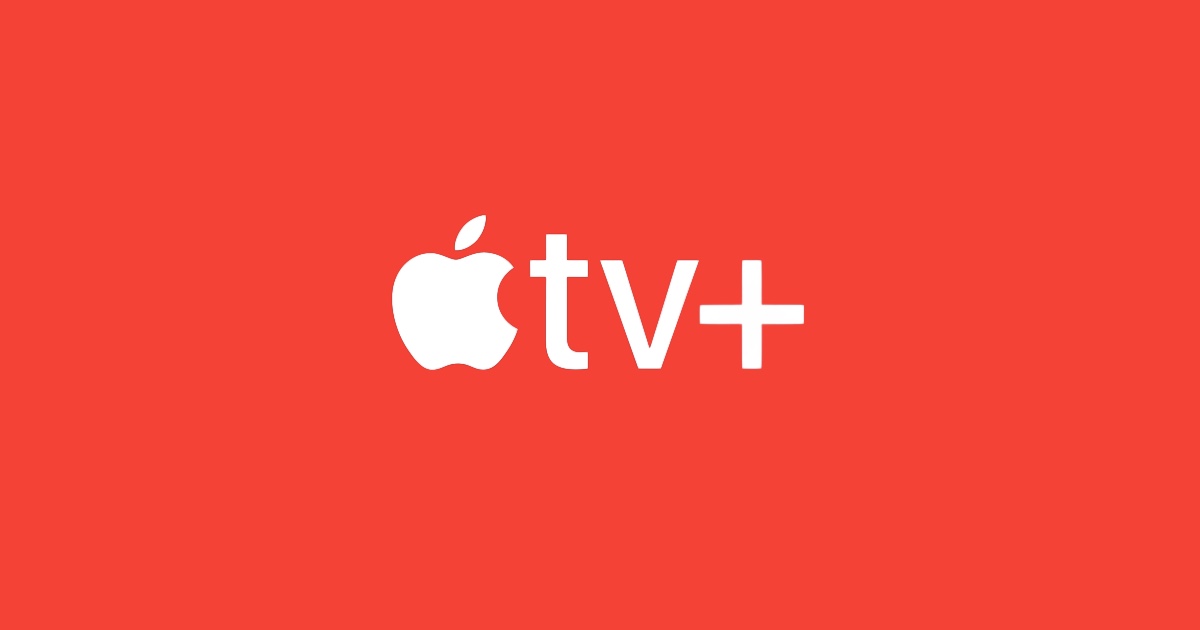Apple TV+ is raising its subscription price again, marking the third increase since the service launched in 2019. Starting August 21, 2025, the monthly cost of Apple’s ad-free streaming platform will climb 30%, rising from $9.99 to $12.99 in the U.S., with similar increases rolling out internationally. Existing subscribers will see the new rate reflected within 30 days of their next billing cycle.
Apple attributed the move to its continued investment in original programming. In a statement, the company highlighted its expanding library of dramas, comedies, sci-fi series, films, and live sports—all available without ads. While that catalog has grown considerably since launch, the steady price hikes point to the broader reality of today’s streaming market: platforms are struggling to balance costly content production against mounting financial losses.
For context, Apple TV+ debuted at $4.99 per month in 2019, one of the lowest prices among major streamers. The first increase came in 2023, when it jumped to $6.99, followed later that year by a bump to $9.99. Now at $12.99, the service is in line with ad-free tiers of rivals like Paramount+, Peacock, and Amazon Prime Video, all of which hover around the $12–$14 range. Unlike Netflix and Disney+, Apple has yet to introduce a cheaper, ad-supported tier.
Despite a lineup of critically acclaimed series such as Severance, Slow Horses, Shrinking, and The Morning Show, along with award-winning films like CODA and Killers of the Flower Moon, Apple TV+ has yet to turn a profit. Reports suggest the service has been losing over $1 billion annually, even with around 45 million subscribers as of March 2025.
The new pricing strategy suggests Apple is aiming to close that gap, though it risks frustrating viewers already experiencing subscription fatigue. Streaming costs across the industry have risen sharply as studios and tech companies push premium originals while simultaneously cutting back on underperforming shows. For Apple, the challenge remains whether its relatively lean but high-profile library can justify a price point that’s no longer the bargain it once was.






